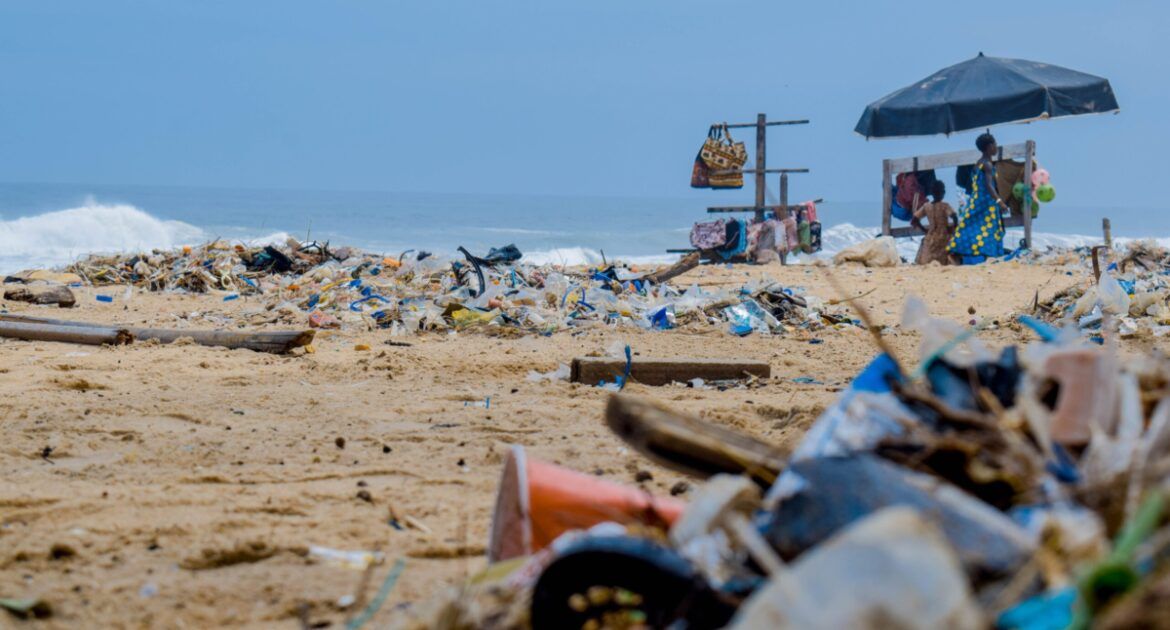World Environment Day is on June 5, and this year’s theme is Beat Plastic Pollution.
This global call to action urges us to reduce plastic use and waste by embracing the principles of refuse, reduce, reuse, recycle, and rethink.
The day highlights the mounting scientific evidence on the impacts of plastic pollution and reinforces the global commitment made in 2022 to end plastic pollution through a global plastic pollution treaty.
World Environment Day is an opportunity to celebrate the progress made in finding solutions through innovation, science, and global partnerships.
The impact of plastic pollution
Plastic pollution has become a pervasive environmental threat, affecting every country and community worldwide. Recent data highlights the severity of the issue:
- Annual Plastic Production: The world produces approximately 430 million tonnes of plastic each year, with a significant portion being single-use items like packaging and textiles.
- Plastic in the Oceans: Estimates suggest that between 75 to 199 million tonnes of plastic are currently in the world’s oceans.
- Microplastics in Marine Life: Microplastics have been found in 92% of fish consumed globally, posing health risks such as cancer, infertility, and neurological damage.
- Recycling Rates: Globally, only about 9% of plastic waste is recycled. The majority ends up in landfills, is incinerated, or leaks into the environment.
- Plastic Decomposition: Plastic items can take anywhere from 20 to 500 years to decompose, break down into smaller microplastics that persist in ecosystems and even then, this waste never fully disappears.
Cutting single-use plastics
As a material, plastic is easy to make, durable and convenient. It has transformed every area of our lives; from the clothes we wear to the food we consume. As a result, the global population has become addicted to throwaway plastic products. Single-use plastics make up around half of all plastics produced and the majority cannot be recycled. From food wrappers to bottle lids, most of us use these items every day without thinking about where they might end up.
UNEP estimates that global plastic pollution could be cut by 80% by 2040 if governments, businesses and individuals act to eliminate single-use plastics. In 2022, 175 nations endorsed a historic UN resolution to end plastic pollution by committing to drawing up a legally-binding agreement by 2024. The agreement focuses on the creation of a circular economy for plastic, which considers every stage of a plastic item’s journey, from production until after it reaches the consumer. The circular economy calls for worldwide implementation of a reduction in single-use plastic production, reuse of existing plastic, recycling and reorientation (finding new, sustainable materials to replace plastics).
However, the responsibility for reducing single-use plastic waste also lies with individuals. If we don’t use these items, fewer will be produced. Investing in reusable, everyday items and making sustainable choices at home, such as swapping cling film for food containers or shampoo bottles for soap bars, make a big difference in the fight against plastic production and waste.
Advocating for change on a local level is also a great way to cut single-use plastic waste. Confronting businesses about their use of these items, putting pressure on local authorities, and getting involved in anti-plastic activism will help put an end to single-use plastic pollution.
Beating plastic pollution through innovative research
Along with the small changes individuals can make, the fight against plastic pollution demands collaborative thinking and innovative research. Pioneering academic research into finding solutions to plastic waste is happening worldwide, such as studies into plastic-eating microbes or the development of Smart Sustainable Plastic Packaging (SSPP).
Higher education is at the forefront of interdisciplinary research into the development of plastic-free and sustainable products, materials and technologies. Researchers, lecturers and senior-level academics in physical and environmental sciences play a key role in leading research into human impact on the environment. They also shape tomorrow’s environmental science innovators and activists.
If you’ve just graduated in an area of physical and environmental sciences, you may be considering pursuing your interests in this area through a PhD studentship. Or perhaps you already have a doctorate and are looking for your first lecturing or research job in this field. You’ll find a wide range of exciting academic jobs in physical and environmental sciences – check out our current opportunities here at jobs.ac.uk.
Further information:
- World Environment Day – Get Involved
- Case study: Working as an Environmental Sciences Lecturer
- Academic jobs in Physical and Environmental Sciences
Sources:
- UN Environment Programme (UNEP)
- UNEP-Clean Seas Pledge
- Global Plastic Action Partnership (GPAP)
- Greenpeace
- UK
- UKRI





Leave a Reply